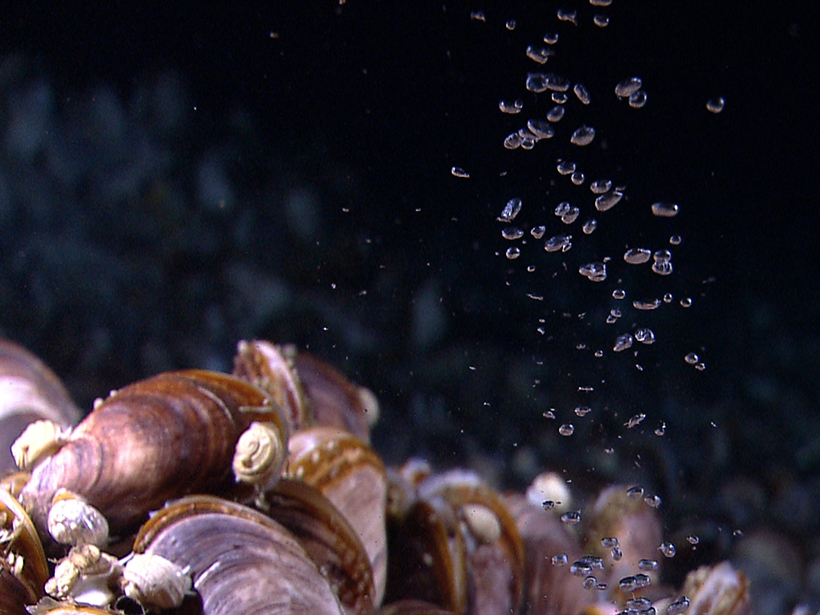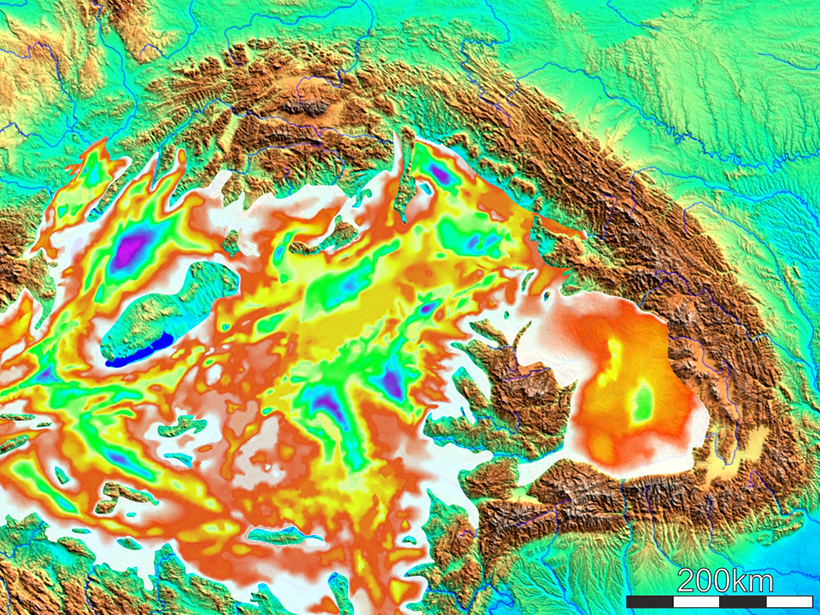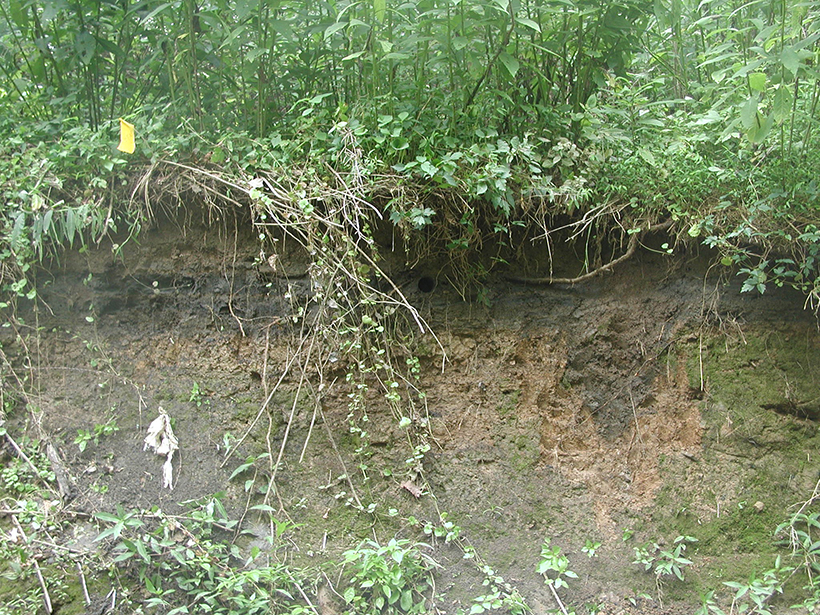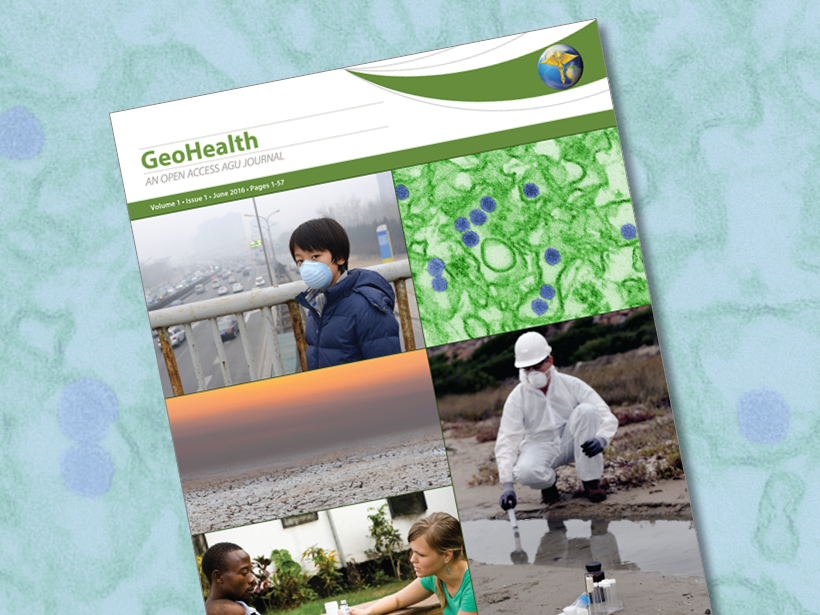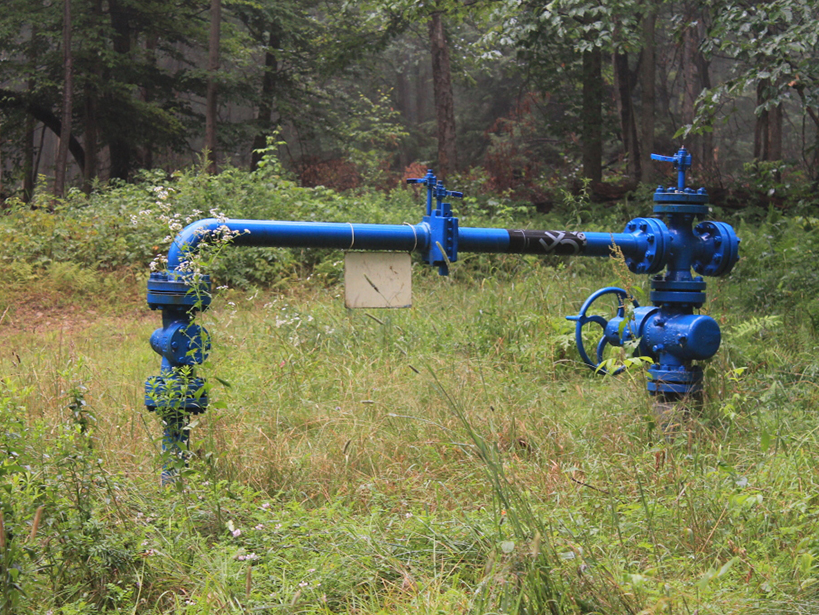The Water Column Sonar Data Archive aggregates and curates sonar data sets from many sources, giving researchers access to much more information than they could collect on their own.
CC BY-NC-ND 2016
Unraveling the History of Central Europe's Pannonian Basin
A multidisciplinary model linking the sedimentary and tectonic histories of this structurally complex basin suggests that large amounts of extension occurred there between 20 and 9 million years ago.
Advancing Soil Carbon Cycle Science
Workshop to celebrate 2015–2024 International Decade of Soil; Boulder, Colorado, 14–16 March, 2016
How Did Fragile Early Microbes Become Fossils?
During the Ediacaran period more than a half billion years ago, clay mineral coats likely shielded delicate remains, helping them become exquisitely preserved in rock, recent experiments suggest.
Climate Scientists' New Hurdle: Overcoming Climate Change Apathy
It's not just about deniers anymore. Scientists now have to convince a new group: those who believe humans have altered the climate but don't think anything can or should change.
AGU Expands into Geohealth, Starting with New Journal
The journal GeoHealth, to be launched by the American Geophysical Union and Wiley, will disseminate research relating Earth and environmental sciences to human, agricultural, and environmental health.
Does Water Vapor from Volcanic Eruptions Cause Climate Warming?
By studying past volcanic eruptions, scientists find that the amount of water vapor reaching the stratosphere during moderately explosive eruptions may not be contributing to the greenhouse effect.
What Steers Antarctica's Largest Current?
Scientists have observed that pressure from current-seafloor encounters drives the direction of the massive Antarctic Circumpolar Current in the Southern Ocean.
Searching for Lightning's Signature on Venus
How energetic would lightning on Venus have to be to be detected by sensors? A new model sheds light.
What Happens to Methane That Leaks from Abandoned Wells?
Three-dimensional simulations suggest that some aquifers may be more vulnerable to contamination from leaky oil wells than others.

